- Home
- slideshows
- miscellaneous
- A Navy weapons station full of WWII-era ammunition bunkers could be transformed into 13,000 new homes in the Bay Area
A Navy weapons station full of WWII-era ammunition bunkers could be transformed into 13,000 new homes in the Bay Area
The Concord Naval Weapons Station spans 12,800 acres, but developers plan to renovate less than one-fifth of that land.

The station is technically just north of Concord, but developers hope the new community would be an extension of the city.
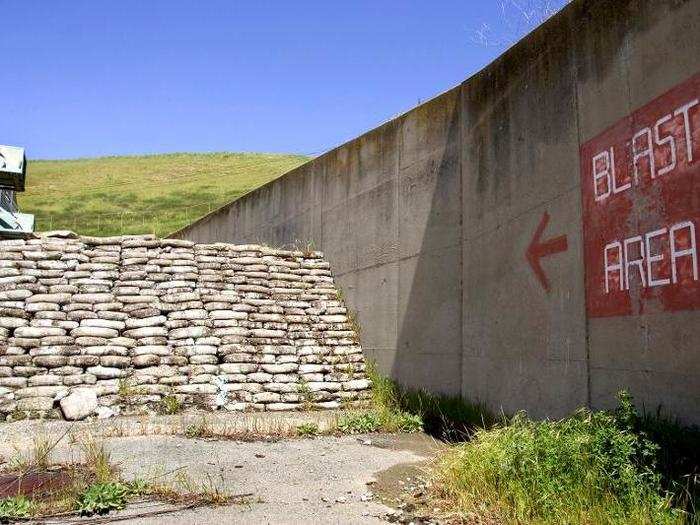
Developers want to build a hiking trail that connects the community to Concord. Hartman said it would be the first time the two areas were physically linked since the Navy occupied the site.
But developers also don't want to alter the land too much.
"It still has this beautiful rolling form of typography," Hartman said. "That is a really, really important part of the history of the site."
Most of the bunkers would need to get removed to make way for new development, but a few could be converted into neighborhood hangouts, like bars or cafés.
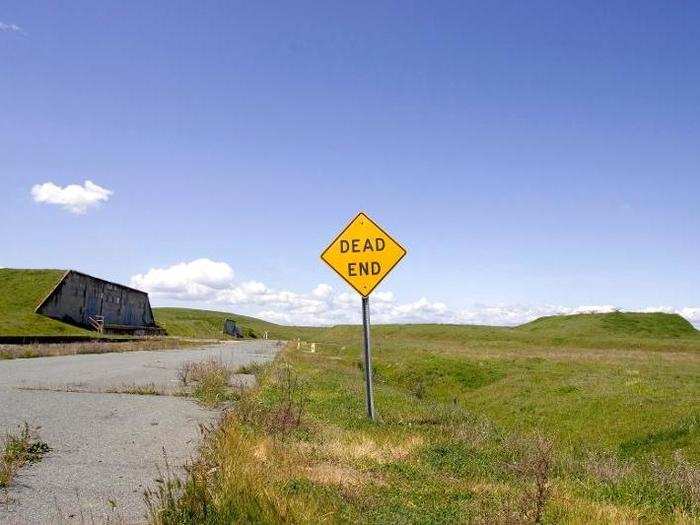
"Our intention is to examine them and, to the extent that some of them could be used, that will be the goal," Hartman said. "We certainly would not be trying to save all of them."
Developers already know that the structures are sturdy and that no more weapons are stored inside.
"They're designed to actually withstand major blasts," Hartman said.
But the bunkers will have to be inspected to see if they're waterproof.
Once the structures are torn down, the concrete could be repurposed and used to build new roads.
The bunkers sit along 150 miles of defunct railroad tracks. Steel from these tracks could help finance some of the project.
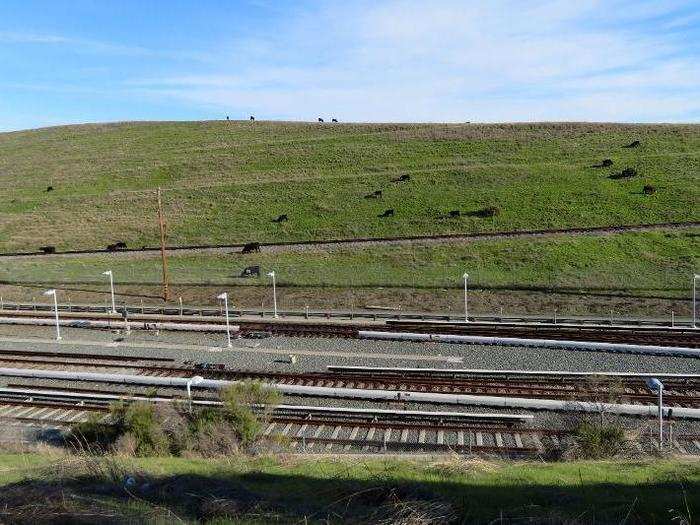
The City of Concord has estimated that the steel from the dilapidated railroad could be sold for $4.1 million.
The tracks were built by the Navy, but they're no longer operational.
They were the site of a notable anti-war incident: In 1987, an Air Force veteran sat in the middle of the railroad to protest the United States' participation in a war in Nicaragua. The train ran into him going 17 miles an hour, fracturing his skull and slicing both his legs. In solidarity, a group of anti-war protesters dismantled some of tracks.
The new community could have 13,000 homes, including apartments and single-family units.
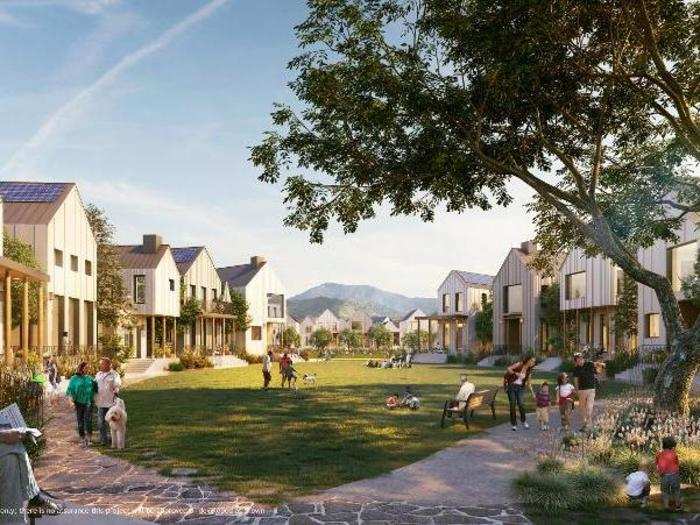
A quarter of the residences would be affordably priced, according to the plan; that means the prices would be set so that lower-income families, veterans, teachers, and senior residents would spend less than 30% of their total income on housing.
The prices of the remaining units would range in order to cater to multiple income levels, Hartman said.
"This will not solve the Bay Area's problems by a long shot, but the density and the mixture of housing is important," he added.
Hartman expects that most of the residents who move in would be relatively young.
The development could also include a new sports complex and public schools.

The developers' plan sets aside more than 6 million square feet for commercial space, including offices and retail stores. Another 2.3 million square feet would be for an academic campus that might eventually house a university or research and development center.
Separately, developers plan to build six public schools — or as many as the local school district requires.
Pedestrian walkways and bicycle lanes would run through the community like a spine.
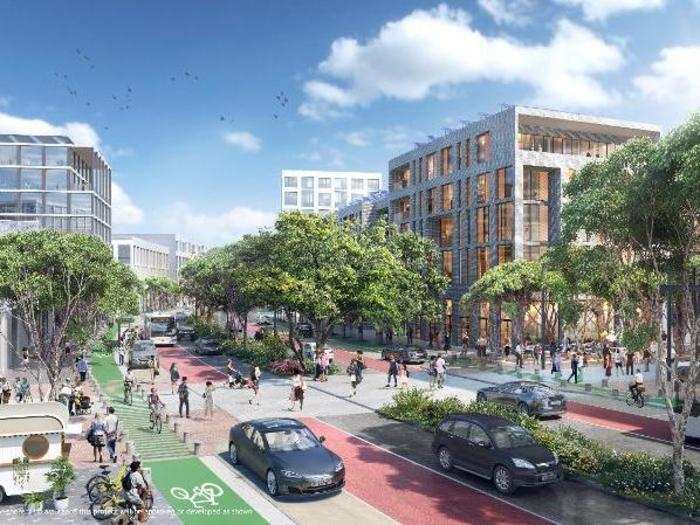
The neighborhood could also feature shuttles and buses that connect residents to a BART station (the Bay Area's main public transportation system). Residents also have the option to walk to the North Concord BART station, which would be less than a quarter mile away from some of the development's offices, shops, and homes.
"You could live in this place and, if you wish, not even own a car," Hartman said.
But there are some environmental concerns to address before any residents could move in.
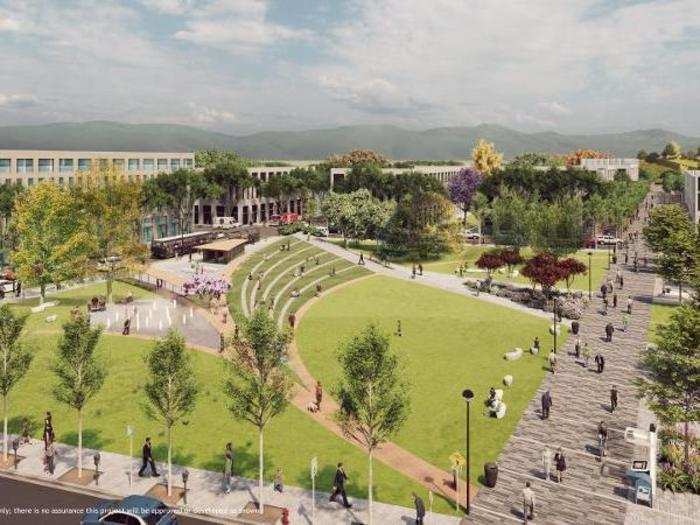
The naval station is a Superfund site — a label given to hazardous waste sites that pose a risk to human health or the environment.
In 1944, a load of munitions exploded at the station as the weapons were being loaded onto a cargo vessel. The Navy has been working to clean up the land since 1983, when it identified around 1,200 acres that had been contaminated. The soil at the site contains chromium, a radioactive isotope, and the groundwater contains industrial chemicals like trichloroethene and tetrachloroethylene.
The Environmental Protection Agency says the land doesn't present a risk to human health, but levels of contamination in the groundwater still aren't considered safe. Last year, Concord's former mayor, Edi Birsan, said the land was "not suitable for public habitation."
The city plans to work with the Navy to make the site suitable for human occupants and get it off the Superfund list.
Construction could begin next year, but the entire project would likely take up to 35 years to complete.
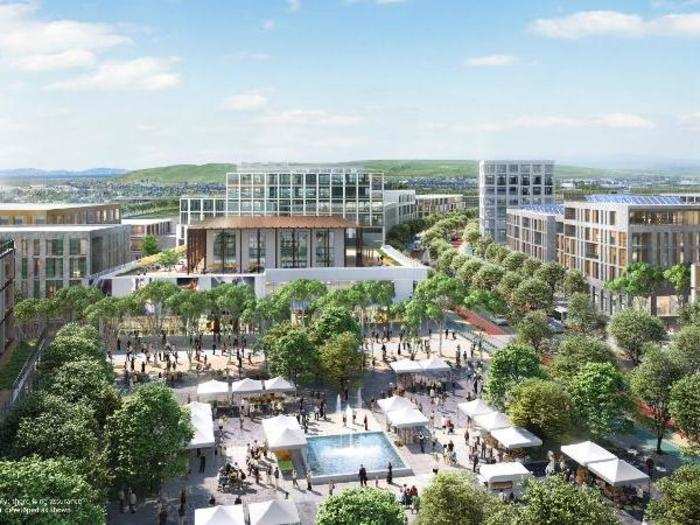
Concord's city council still needs to vote on the development plan, but the city already has a roadmap for how to move forward: Nearby sites like Treasure Island and Hunter's Point were also cleared for development despite a legacy of Navy weapons tests in those areas.
If the new Concord community follows in their footsteps, it could soon offer new homes and a refurbished set of bunkers.
Popular Right Now
Popular Keywords
Advertisement